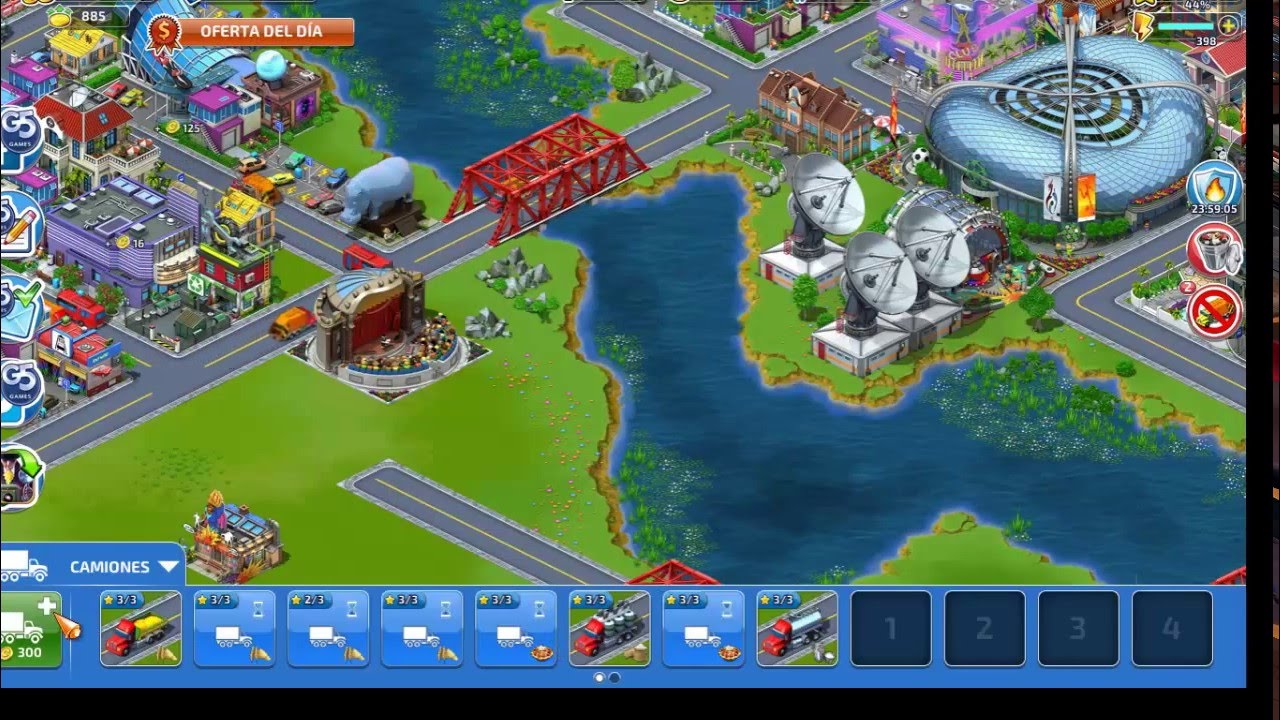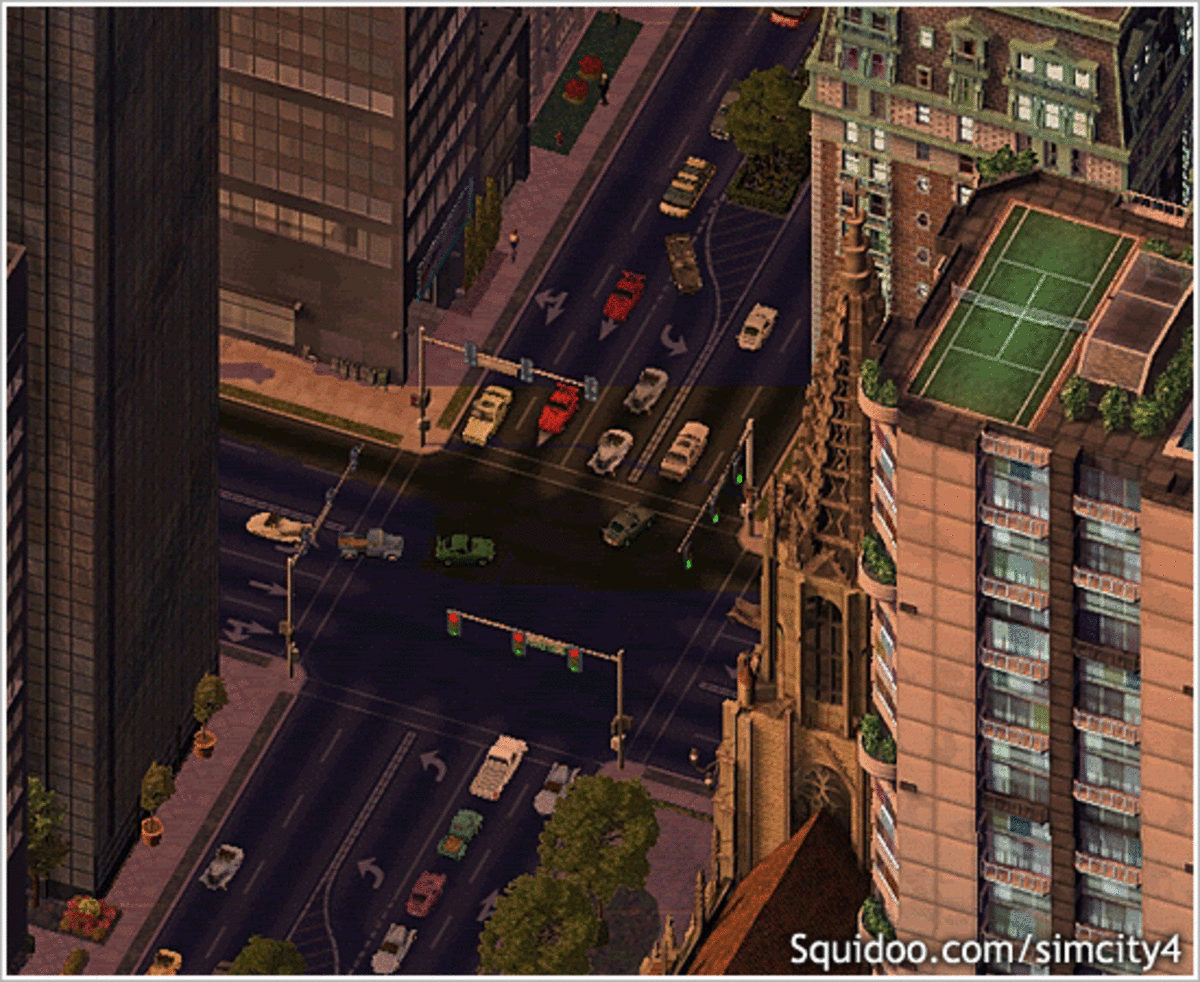

The aim of this web-based mapping platform is to uncover the heating, electricity, and water consumption data of every building in the city. Nowadays, it is being used in more advanced urban analyses to simulate real-world processes as well as to evaluate “what-if” scenarios.įor example, to support the citywide strategy to create a carbon-neutral capital by 2035, the city planners of Helsinki turned to their virtual 3D city model and built for themselves a fully digital energy and climate atlas. The Finns simply call it their city information model, and it continues to be a convenient desktop tool for exploring the capital’s built assets since it went live online in 2016 (). Inset: Virtual 3D city models are the building blocks of future smart cities. From a few hand-drawn edifices using computer-aided design (CAD) in the late 1980s, it has now grown into a full-scale digital city that covers some 400 square kilometers (154 square miles), all thanks to the clever combination of techniques in mapping and computer modeling, as well as aerial photography and laser scanning.Īn aerial view of a New York City-inspired 3D city with skyscrapers, water, and bridges. Developed under various urban design projects spanning three decades, the evolution of Helsinki’s digital 3D replica is also a reflection of the progress in architectural and geospatial technologies. That’s because there is a strong design legacy behind its 3D creation. Helsinki is proud to be one of the first European cities to have completed a publicly accessible 3D city model, and quite rightly so. This is the digital doppelganger of Finland’s capital, viewable to anyone with Internet access and freely downloadable to all. Take a peek at Helsinki’s virtual 3D city model and what might at first seem to be just rows of solid objects soon reveal themselves as handsome blocks of buildings that line gridiron streets. Just as connectivity towers serve cell phone customers, they might be used to send emails or messages throughout the virtual world communities.Cutting-edge 3D city models lead the way to better urban planning via digital simulation These buildings and structures can mimic real life services by providing a virtual equivalent. Just because they do not serve the exact same purpose as they would in the real world, doesn’t mean they do not have any use in the virtual world. Anything from billboards and social clubs to parks and 5G connectivity towers can be found all over the place. Just like a place or business wouldn’t typically move to a location that is in the middle of nowhere, it is safe to say that the virtual world counterparts function in much the same way.įinally, you encounter the supporting and auxiliary structures and equipment. Whether its transportation and energy, or education and arts, these help support the virtual communities, neighborhoods, and metropolitan areas. These buildings provide all city services. The layer on top of this 2D layout is the set or sets of buildings. The 2D map is the blueprint to the 3D world. It also provides a top level overview of all other objects, places, and people, as well as their respective locations to one another. Maps allow you to see everything at once and become familiar with a larger area. Even though we have moved into simulated and virtual reality locations, the map is always at the forefront. The basic two dimensional maps serve as the basis for all cities, infrastructure, and beyond.


Just like the countless real world counterparts, a virtual city or region needs services such as: transportation, education, real estate, energy, manufacturing, entertainment. These simulated and three dimensional arenas can grow to become powerhouses if they have a strong foundation supporting them. As virtual worlds, cities, and metaverses come to life, just like our real world, there is a need for infrastructure.


 0 kommentar(er)
0 kommentar(er)
